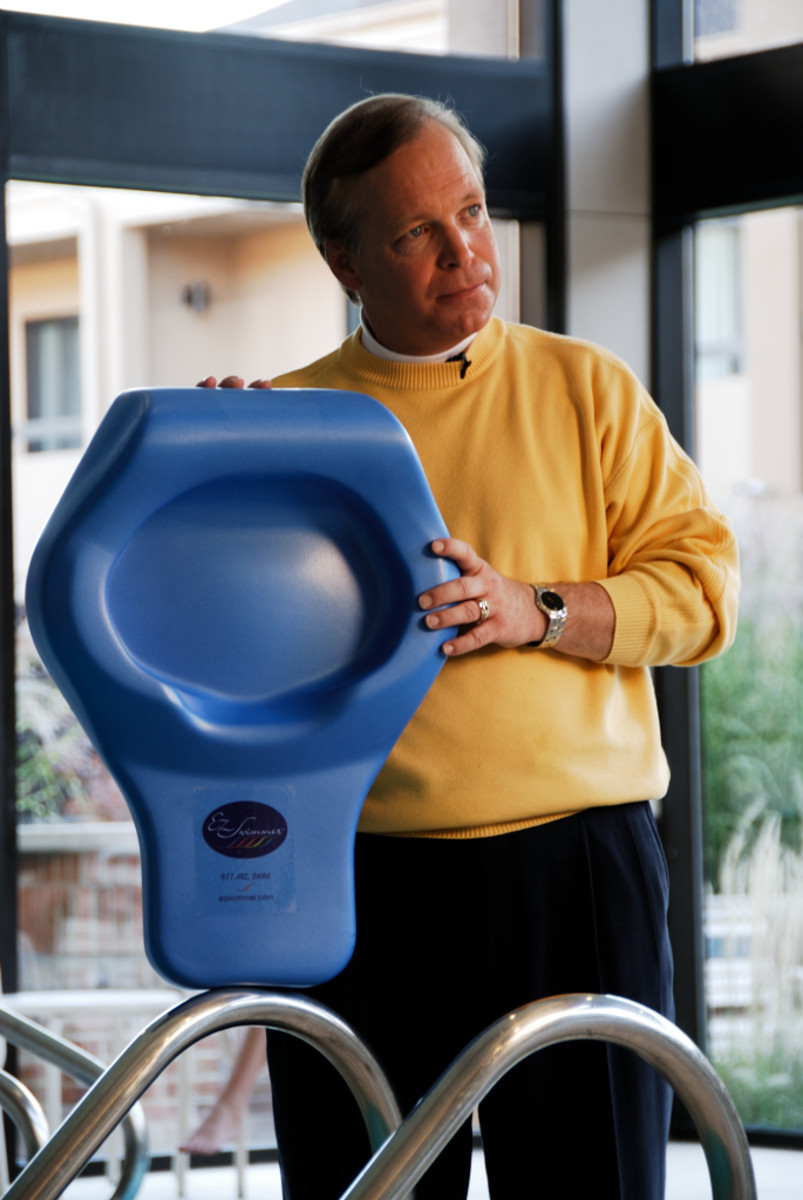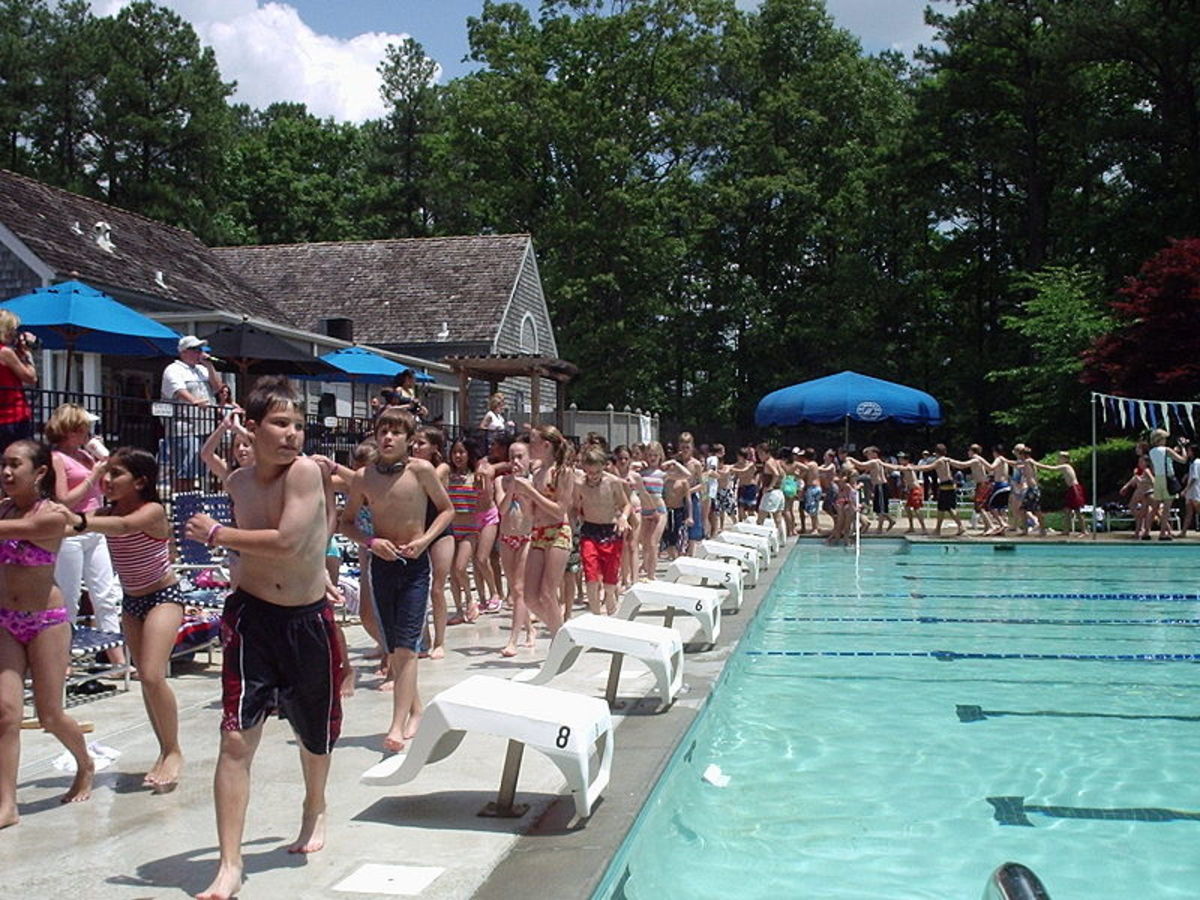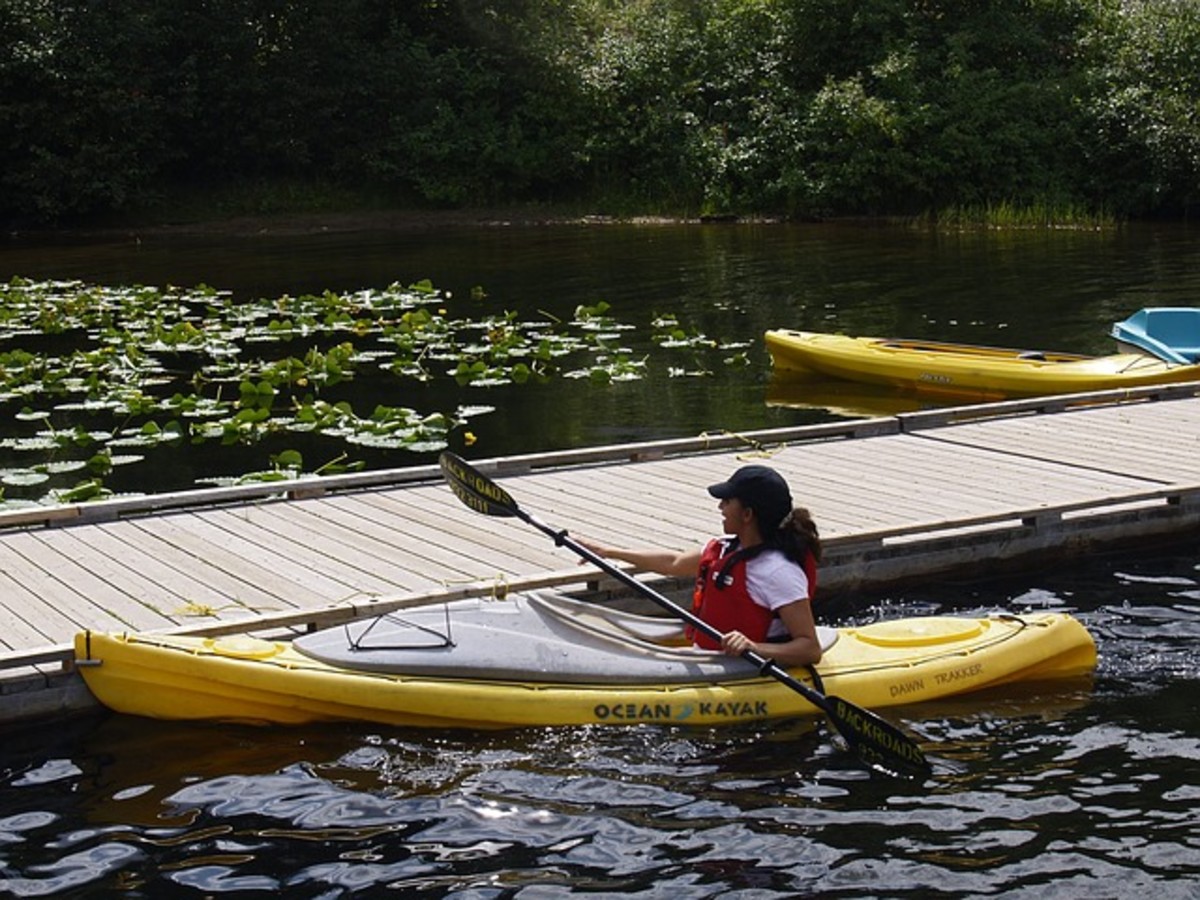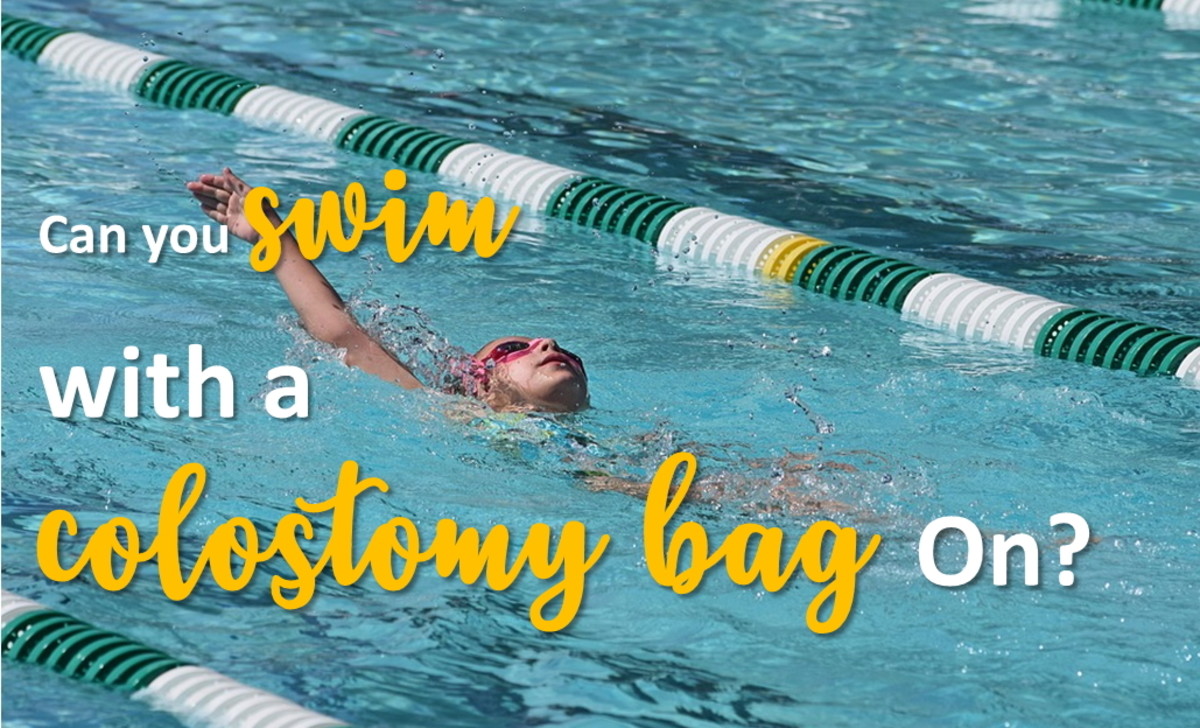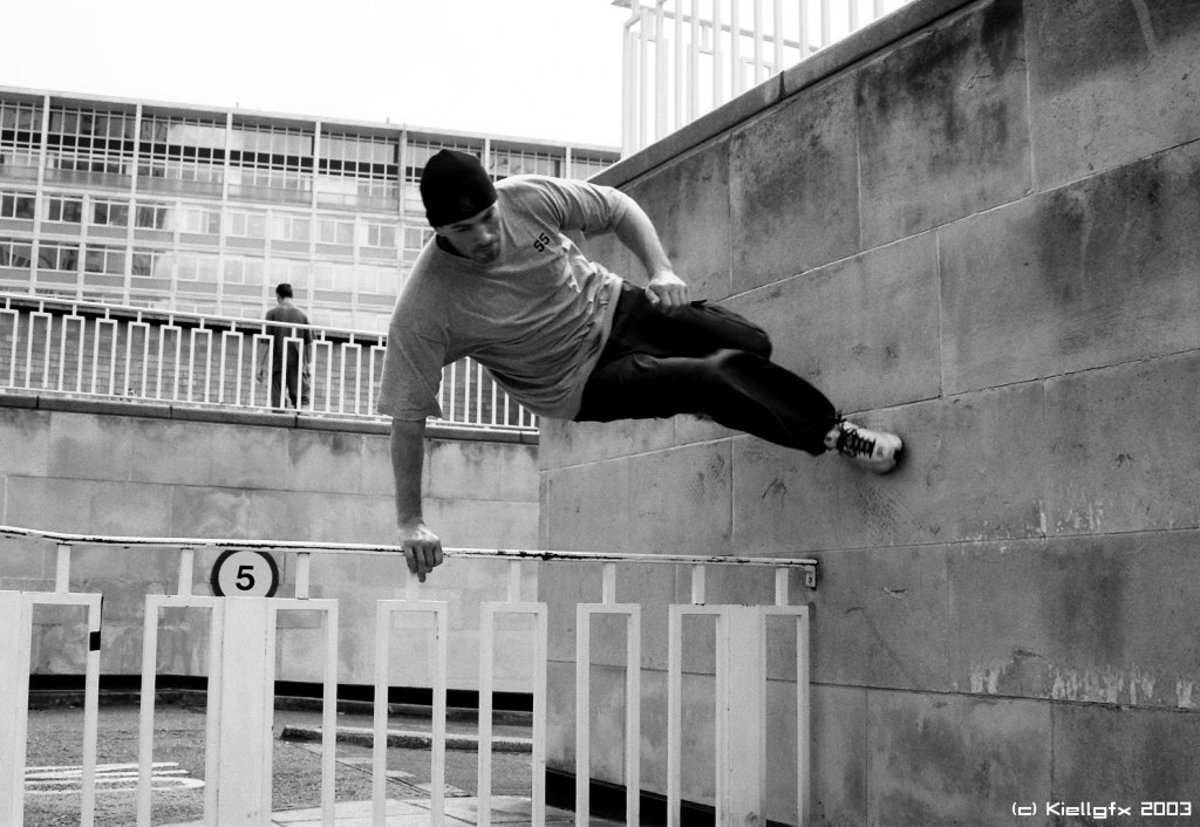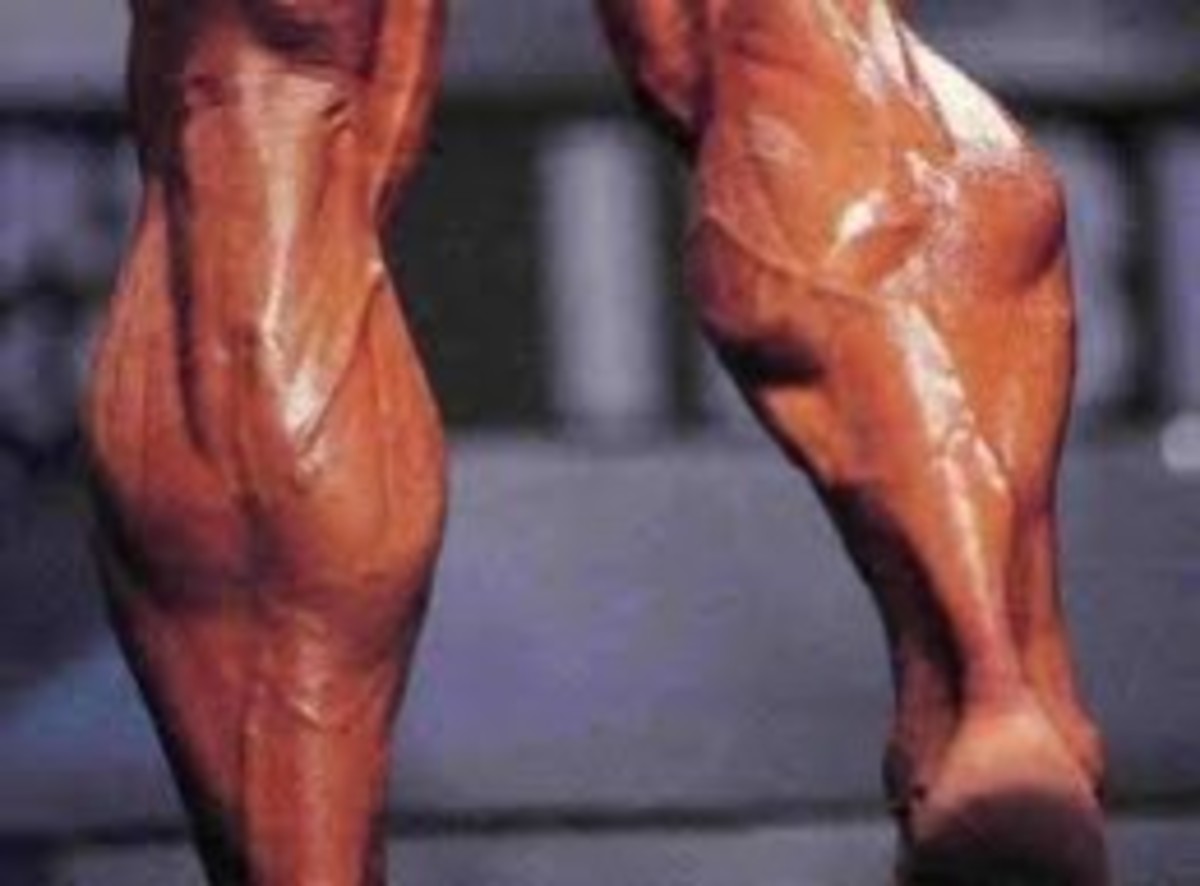What Do I Need To Do My First Triathlon?

Triathlons are a rapidly growing, competitive fitness activity that are seeing more and more newcomers every single year. While competing in a triathlon can initially seem a daunting task, many different models of triathlons have emerged to make the first-timer feel comfortable and get acclimated to what triathlons are about. On a basic level, a triathlon is a race compiled of three stages of varying lengths. The first is the swimming stage, followed by a cycling stage, and finally the running stage. There are several kinds of triathlons, beginning with the shortest overall distance called a 'sprint triathlon' and going all the way up to the grand-daddy of them all, the Iron-man Triathlon. A sprint triathlon is a great entry-level triathlon for beginners or even veterans who want to work the kinks out to get ready for a longer race. The sprint triathlon typically consists of a 500 meter swim, a 15 mile bike ride, and a 5k run (or somewhere near those distances). Each triathlon will also consist of different 'waves' or groups of competitors. Usually these are separated by age and gender. Typically there are also 'less competitive' groupings designed to help you get excited about the accomplishment of finishing your first triathlon. These are often called the Clydesdale, Athena, or "My First Tri" groups. These groups are designed to support you in your goal of finishing and aren't necessarily as competitive as the other groupings. Regardless of which group you choose to participate, there are four distinct parts of the triathlon that you will need understand in order to have a successful race. Those parts are the swim, the bike, the run, and the transition.

The Swim
The swim is the first leg of the race and typically the one that most first-timers are worried about (isn't it nice they get it out of the way first?). The swim is usually a horseshoe shaped course (known as an out-and-back) that begins and ends in nearly the same place. It is typically held in open water such as a lake, pond, river, or the ocean although some triathlons are held indoors or in pools. Before race day you will want to have some experience swimming in open water, even if it only once. The two major differences between swimming in a pool and swimming in a lake are the temperature (much colder) and the choppiness of the water (wind and waves). Also, swimming in a large group of people can have its unique challenges as you try to avoid other swimmers in the water. However, if you choose a non-competitive division or aren't trying to win the race typically you can stick to the outside of the pack and avoid having your goggles knocked off.
Equipment you will need:
Goggles and a swim cap. Typically the race directors will give you a swim cap with your number on it with your registration materials. The color of your cap will denote in what division you are competing. You will need goggles to help you keep water out of your eyes so you can see course markers and your fellow competitors.
A wetsuit. Wetsuits come in all kinds of sizes, shapes, and thicknesses. Wetsuits not only help keep you warmer in cold water, but also provide some buoyancy and reduce your resistance in the water. You do not have to buy a wetsuit for your triathlon, you can easily find a rental in a big city or online as well. The rental will run you around $50 or so.
The Bike
The bike comes second and helps to warm you up after a nice cool swim. You will enter the transition area (more on this later) and get on your bike. Typically the ride is also an out-and-back (although looped courses are growing in popularity) that takes you out on roads that are normally used by cars. Most race companies will work with the city to get the street cleaned and have law enforcement on hand to direct automobile traffic away from the racecourse. The course will be well marked with volunteers at every intersection and cross street to make sure you don't go the wrong way.
Equipment you will need:
A Bicycle. You will find all kinds of bicycles at a triathlon, from $5000 criterium bikes with space age components to mountain bikes and even cruiser bikes. Obviously a lighter, more efficient bike will get you through the race faster and in better shape to run, but if you are simply out for the challenge of finishing then any bike will do.
A Helmet. You will need a helmet made specifically for bicycling. You will also want to make sure it is in good shape and meets the minimum helmet requirements (i.e. made in the last couple of years). If you show up to the race with a substandard helmet, or a hard hat, or simply forget it altogether you will not be allowed to race.
A Waterbottle and powerfood. The bicycling leg of the race is the best time to take in some extra fluids and eat a powerbar or gu gel. You can get into a rhythm and refuel progressively before you make a run to the finish.
Optional: Tire repair kit and pump. A flat tire can end your race. If you don't have beefy tires on the bike you will be riding you may want to consider a small pump and tube repair kit.
The Run
This is it! Your final leg of the race. You will leave the transition area and head out on a road course that goes out-and-back to the finish line. Typically the course will be on the road or at least on pavement the entire time. If there is trail running or grass sections the race directors will tell you that ahead of time. The course will be well marked again with volunteers there to direct you. Often there will be water stations set up along the course as well to help with hydration. The only necessary equipment for this leg is running shoes.
The Transition Area
In between each leg of race you will enter the transition area to prepare for the next leg of the race. The transition area can be a make-or-break part of the race for the truly competitive triathlete. This is where you take off your wetsuit, dry off, put on your cycling clothes, put on your shoes and socks, put on your helmet, and head out on your bike. After your bike ride you will rack your bike, take off your helmet, put on your running shoes (if you are wearing shoes specifically for your bike), and head out for the run. These transitions seem simple enough, but can cost you valuable minutes if you aren't organized and can't find your helmet. You will be able to enter the transition area well before the race to find your spot and get yourself organized. Only racers are allowed in the transition area and it is closely monitored throughout the race so you don't have worry about leaving your bike or other valuables there. You will want to have a towel, some food and water, and a bag to hold all your things (wetsuit, swim stuff, paperwork, etc.).
Pretty simple, eh? Triathlons are a lot of fun and can be a great motivator for your fitness goals. At first they can seem a little intimidating, but once you have one under your belt you will be forever hooked! If you'd like to learn more about the differences between the kinds of Triathlons please read Beginning Triathlon. If you're in the mood to laugh along with me a little bit about my first experience with a triathlon then please read My First Triathlon. Also as a side note, if you just aren't that into the swimming part of a triathlons, most triathlons also include a duathlon feature that is just a bike and a run. Either way, I hope to see you out there someday or at least hear about your successes. Good luck!

